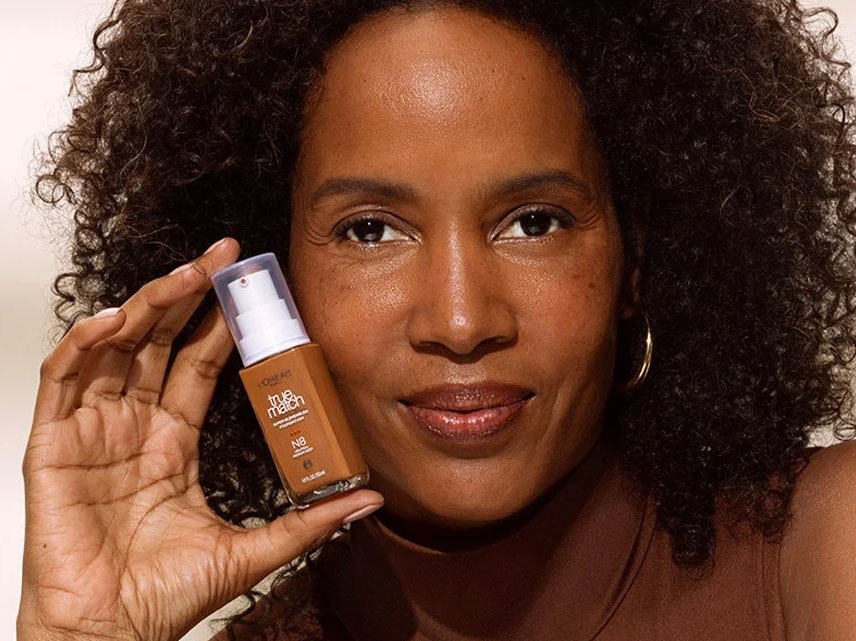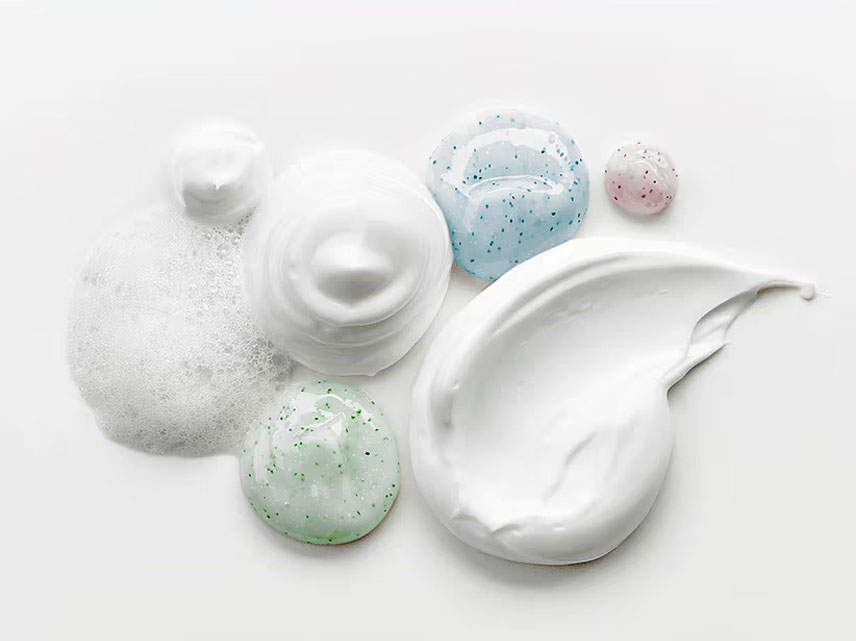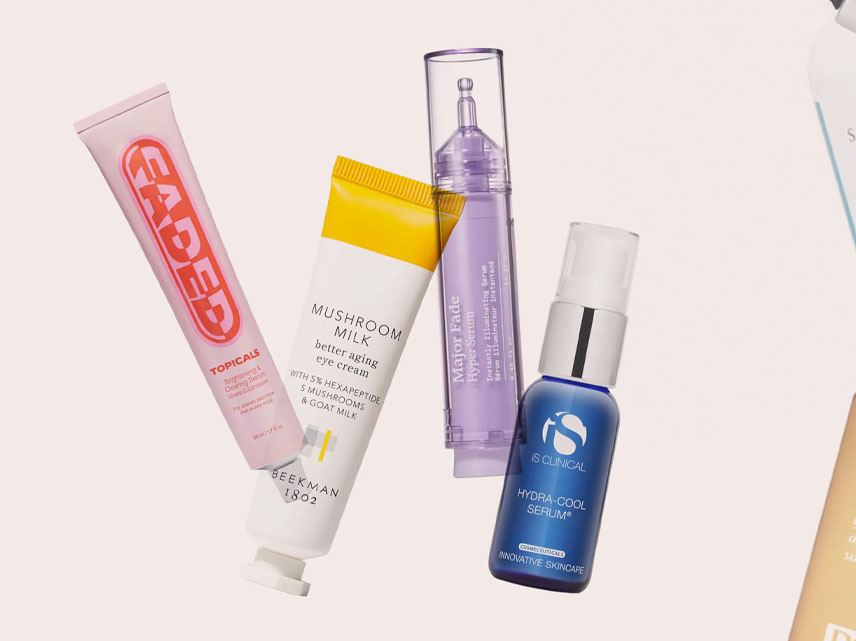How to Choose the Right Foundation Shade
Finding the right foundation shade is the first—and most crucial—step toward achieving flawless, natural-looking makeup. A mismatched foundation can look cakey, too light, too dark, or unnaturally orange or pink.

Recent Blogs
- Transitional Outfits from Summer to Fall 2025: Your Ultimate Style Guide
- Top 7 Essential Tech Gadgets for Remote Work in 2025
- What Happens When Your Gadgets Start Predicting You?
- How to Burn Fat Without Losing Muscle
- Top 10 Travel Apps That Every Digital Nomad Needs in 2025
- Top 10 Underrated Travel Destinations to Visit in 2025
- 10 Smart Luggage Options That Make Travel Easier in 2025
August 25 25
Finding the right foundation shade is the first—and most crucial—step toward achieving flawless, natural-looking makeup. A mismatched foundation can look cakey, too light, too dark, or unnaturally orange or pink. But when your foundation perfectly matches your skin, it becomes undetectable, enhances your features, and gives you that radiant, seamless finish.
Whether you're shopping in-store or online, this guide will walk you through the steps to choose the right foundation shade for your unique skin tone and undertone.
1. Know Your Skin Tone
Your skin tone refers to the depth of color of your skin—light, medium, tan, deep, etc. Most makeup brands categorize their foundations into these broad categories. Start by identifying which general skin tone range you fall into:
- Fair: Very light skin that may burn easily; often with pink or neutral undertones.
- Light: Light skin with slightly more warmth.
- Medium: More beige, olive, or golden tones.
- Tan: Deeper golden or olive-toned skin.
- Deep: Rich, darker skin with cool, neutral, or warm undertones.
Knowing your skin tone helps narrow down your foundation range before moving on to the more refined step—matching your undertone.
2. Understand Your Undertone
Your undertone is the subtle hue beneath your skin’s surface and stays the same even if your overall tone changes due to sun exposure or skin conditions. There are three main undertones:
- Warm (yellow, golden, peachy): You tan easily, gold jewelry looks better on you, and your veins appear green.
- Cool (pink, red, or blue): You burn before tanning, silver jewelry complements you more, and your veins appear blue or purple.
- Neutral (a mix of warm and cool): You suit both gold and silver, and your veins look bluish-green.
How to test your undertone:
- Jewelry test: Do you look better in silver or gold?
- Vein test: Check the color of veins on your wrist in natural light.
- White vs. ivory test: Hold both shades up to your face—white flatters cool undertones, ivory suits warm tones.
Once you know your undertone, look for foundations labeled with those indicators—many brands now tag shades with “W” (warm), “C” (cool), or “N” (neutral) to make matching easier.
3. Swatch Correctly
Swatching is essential to test how well a foundation blends with your skin. Here’s how to do it correctly:
- Swatch on your jawline or side of your face, not your hand or wrist, as your face and neck are the most visible and should match.
- Apply 2–3 close shades side-by-side and blend them in slightly.
- Check the shades in natural lighting (step outside or stand near a window) to get a true read of the color.
- The shade that disappears into your skin without a line of demarcation is your match.
Tip: If one shade matches your face but not your neck, opt for a slightly warmer or more neutral shade to balance your overall complexion.
4. Consider Your Skin Type and Finish Preferences
Different foundations offer different finishes—matte, dewy, satin—and your skin type can affect how a foundation appears throughout the day.
- Oily skin: Go for matte or oil-free formulas that control shine.
- Dry skin: Look for hydrating or dewy foundations with moisturizing ingredients.
- Combination skin: Try satin or semi-matte finishes for a balanced look.
- Sensitive skin: Opt for fragrance-free and non-comedogenic formulas.
Make sure you test foundation not just for shade but also for texture and finish that suits your skin type and lifestyle.
5. Test It Throughout the Day
A foundation may look perfect right after application but change after a few hours due to oxidation, skin oil production, or environmental factors.
- Wear the foundation for a full day before making a final decision, especially if buying a high-end formula.
- Observe if it becomes too orange, too light, or patchy as the day progresses.
If possible, request a sample or use a brand’s “try before you buy” program, especially when shopping online.
6. Adjust for Seasonal Changes
Your skin tone can change slightly with the seasons—warmer and darker in summer, lighter in winter. It's perfectly normal to need two foundation shades to mix or switch between throughout the year.
- Summer: You may need a shade with more warmth or depth.
- Winter: You may go one or two shades lighter or use a neutral tone.
Consider having both in your makeup kit or use bronzer strategically to warm up your complexion during seasonal transitions.
7. Use Shade-Matching Tools and Virtual Try-Ons
Online shopping can make foundation matching difficult, but many brands and retailers now offer shade-finding tools, quizzes, or virtual try-on technology.
- Use platforms like Findation.com or Sephora’s Shade Finder to match with previous foundation shades you've used.
- Upload a well-lit, bare-faced photo to try on shades virtually.
- Read user reviews and look for photos of people with similar skin tone and type.
8. Ask for Professional Help
If you’re still unsure, don’t hesitate to visit a beauty counter or makeup artist for expert guidance. They can help swatch multiple shades and finishes, explain undertones, and recommend formulations based on your skin type and concerns.
Final Thoughts
Choosing the right foundation shade is about more than just matching color—it’s about understanding your skin’s tone, undertone, texture, and needs. A well-matched foundation blends seamlessly into your skin, enhances your natural beauty, and becomes the base of a flawless makeup look.
Take your time, test in natural light, and don’t be afraid to mix and match if needed. With these tips in hand, you’ll never second-guess your foundation again.
Comment:
Your email address will not be published. Required fields are marked *
Our Top Picks
No products found.








